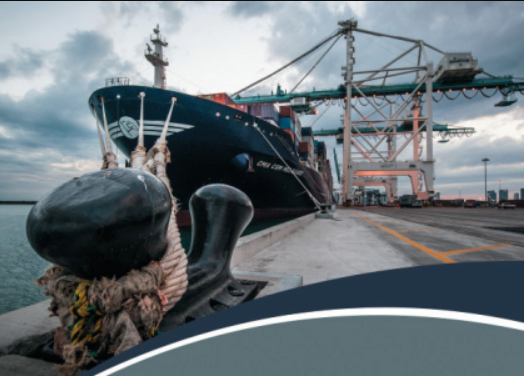The U.S. ports are set to benefit from a $3 billion worth of funding round intended for electrification and emission reduction.
The funding has been included in the long-awaited Inflation Reduction Act that was adopted in the U.S. Senate on August 7. The House is expected to return from recess to pass the bill later this week, and then it will move for signature to the U.S. President.
As explained by the Senate Democrats, the legislation will make a “historic down payment on deficit reduction to fight inflation, invest in domestic energy production and manufacturing, and reduce carbon emissions by roughly 40 percent by 2030.”
The bill introduces Grants to Reduce Air Pollution at Ports, worth $3 billion, which will support the purchase and installation of zero-emission equipment and technology at ports. The act also includes $1 billion intended for the replacement of heavy-duty vehicles with zero-emission alternatives.
“Electrification will go far in helping ports help America sustain more efficient, resilient, secure supply chains,” the American Association of Port Authorities (AAPA) said.
The U.S. ports have voiced their commitment to build over $49.7 billion in green infrastructure projects over the next decade. Under the AAPA POWERS program, the association advocates for federal policies to support American energy prowess, pragmatic decarbonization, technology for renewables, and environmental sustainability.
Some of these sustainability objectives include bolstering global energy availability through LNG and other ‘bridge fuel’ export capacity, investing in technology and infrastructure for next-gen shipping fuels, enhancing electric infrastructure, strengthening energy and coastal resilience as well as building physical and human infrastructure for wind energy at U.S. ports.
Copyright Ships & Ports Ltd. Permission to use quotations from this article is granted subject to appropriate credit given to www.shipsandports.com.ng as the source.

